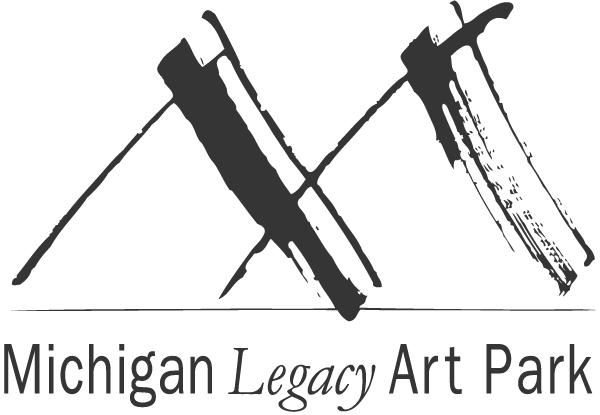Bill Allen
Born 1949
Bill Allen’s art is enjoyed by people in scores of collections both public and private. His special affection for nature has led to works at The Detroit Zoo, The Brookfield Zoo in Chicago, Busch Gardens, The Field Museum of Natural History, the Rio Grande Nature Center in New Mexico and California’s LaQuinta Sculpture Park, to list a few. Among his private collectors are Alex Trebek, United Airlines and the G.D. Searle Corporation. He is the holder of the Rolex Award for Excellence in Metals and a recipient of multiple awards from the Michigan Arts Council, Arts Foundation of Michigan and the Michigan Council for Arts and Cultural Affairs. Bill Allen is a resident of both Michigan and Brooklyn, New York. He holds a B.A. in Biology from Lewiston University and studied at The Arts Students League in New York.
Artist Statement
I have a primal urge to create. For as long as I can remember I have had the innate ability to work creatively with my hands. My parents were professionals. My father was an oral surgeon and my mother was a university professor. They influenced me to study pre-med in college with the intention of becoming a doctor.
After college I realized that I didn’t have the passion for medicine and I decided to forgo medical school. In 1975, returning to the comfort and ability of working with my hands, I enrolled in a welding class to pursue the craft of ornamental metal work and blacksmithing. Enamored with my new metal working skills, combined with my love of the natural world, I soon began making small welded animal sculptures, which I sold for my living.
My art skills as a sculptor of animals, mostly self-taught, continued over many years to develop. Some pieces were life-size. I made them so meticulously that they almost seemed alive. I began to receive commissions from zoos and public institutions, awards and grants, and sold much of my work through galleries. I was moderately successful and yet began to realize that something was missing.
Making animals was no longer meaningful or satisfying. I decided to push my work to another level. In 1996 my wife and I moved from our rural northern Michigan home to New York City. Throwing myself into that dynamic cauldron, I secretly wanted to come out transformed.
I found a large studio in the D.U.M.B.O. section of Brooklyn amidst hundreds of other artists. There I began to tap into a different part of my creativity. New York and a Jungian art group encouraged exploration and experimentation. My fear and self-doubt began to melt away. I explored new subject matter and experimented with new materials while immersing myself in all the creative energy around me. I felt a new-found freedom in the anonymity.
In the fall of 2000 I moved back to Michigan to care for my mother who was dying of pancreatic cancer. The experience affected me profoundly. After her death in 2001, my art changed radically. I became obsessed delving into what death is. Almost spontaneously I began a series of starkly black and white paintings exploring this experience and trying to make sense of it.
In the following years my art has evolved from these bleak paintings to become more colorful, abstract, and energetic. I view this more recent art as less personal and emotional. Returning to my knowledge of the biological world I sometimes imagine this work expressing a microscopic universe, a place where chaos and energy coalesce, beginning to form recognizable structure: where the animating energy of life interfaces and merges with the physical. On the other hand, I also envision this place where form and the energy of life are in dissolution and decay. As with life and death, each cannot exist without the other.
Of course humans can never really know or comprehend this realm but imagining it is a great source of inspiration. I believe that my art is an expression of my creative journey and despite the many changes the themes of death, transformation, and movement toward light continue to form the basis of my work.


